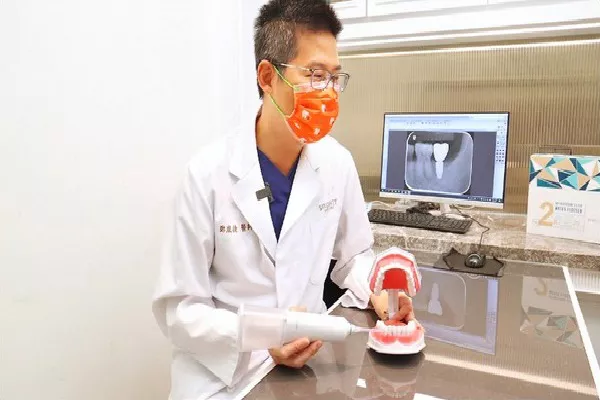A bright, white smile is often associated with confidence and good oral hygiene. Many people aspire to have whiter teeth, but achieving and maintaining a radiant smile can be a challenge due to factors like aging, diet, and lifestyle choices. While professional teeth whitening treatments offer long-lasting results, some individuals may wonder if there are ways to temporarily whiten teeth for special occasions or events. In this comprehensive article, we will explore various methods and products that can provide temporary teeth whitening effects, as well as their benefits and limitations.
Understanding Teeth Discoloration
Before delving into temporary teeth whitening methods, it’s essential to understand why teeth become discolored in the first place. The most common causes of tooth discoloration include:
Staining Foods and Beverages: Consuming foods and drinks like coffee, tea, red wine, and dark-colored berries can lead to surface stains on teeth.
Tobacco Use: Smoking or using smokeless tobacco products can result in yellow or brown tooth stains over time.
Aging: As we age, the enamel on our teeth naturally wears down, revealing the yellowish dentin underneath.
Poor Oral Hygiene: Inadequate brushing and flossing can lead to the accumulation of plaque and tartar, which can cause tooth discoloration.
Medications: Certain medications, such as tetracycline antibiotics, can cause tooth staining when taken during tooth development.
Genetics: Some individuals may have naturally darker or more yellowish teeth due to genetic factors.
Temporary Teeth Whitening Methods
If you’re looking to temporarily whiten your teeth for a special event or occasion, there are several methods and products to consider. Keep in mind that the effectiveness and duration of these methods can vary:
Whitening Toothpaste:
Whitening toothpaste contains mild abrasives and polishing agents that help remove surface stains.
While whitening toothpaste can provide a slight improvement in whiteness over time, the results are relatively subtle and may take several weeks of consistent use.
Whitening Strips:
Over-the-counter whitening strips are adhesive strips coated with a peroxide-based whitening gel.
They are applied directly to the teeth and left in place for a specified duration (usually 30 minutes to an hour) for a period of several days.
Whitening strips can produce noticeable results within a few days to a week, but the effects are temporary and may last for a few months at most.
Whitening Pens and Gels:
Whitening pens and gels are applied directly to the teeth using a brush or applicator.
These products often contain a peroxide-based gel and can provide a quick, temporary whitening effect.
The results typically last for a few weeks to a couple of months.
Professional In-Office Whitening:
In-office teeth whitening treatments performed by a dentist provide the most significant and immediate results.
A high-concentration whitening gel is applied to the teeth and activated with a special light.
While this method is highly effective, the results are not permanent and may require touch-ups every few months to maintain.
Home-Use Whitening Trays:
Dentists can provide custom-fitted trays and professional-strength whitening gel for home use.
This method offers more significant and longer-lasting results than over-the-counter products, but it is still considered temporary.
Benefits and Limitations
Temporary teeth whitening methods offer benefits such as convenience, affordability, and quick results. However, it’s essential to consider their limitations:
Duration: The whitening effects of these methods are temporary and may require frequent touch-ups to maintain.
Effectiveness: While some methods can provide noticeable results, they may not be as effective as professional in-office treatments.
Sensitivity: Teeth sensitivity is a common side effect of many whitening methods, especially those that use peroxide-based gels.
Staining Risk: To maintain the results of temporary whitening, individuals should avoid staining foods and drinks and tobacco use.
Oral Health: It’s crucial to maintain good oral hygiene practices and regular dental check-ups, even when using temporary whitening methods.
Conclusion
Temporary teeth whitening methods can be a suitable solution for individuals looking to enhance their smile for a short-term event or special occasion. These methods offer convenience and quick results, but it’s important to manage expectations regarding their duration and effectiveness. For those seeking more lasting and significant improvements, professional in-office teeth whitening treatments may be a better option. Regardless of the method chosen, maintaining good oral hygiene and consulting with a dentist can help ensure the best results and overall dental health.
Related Topics:





























